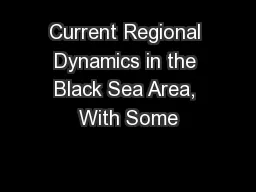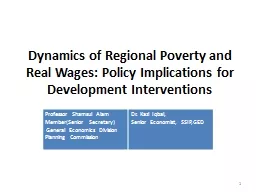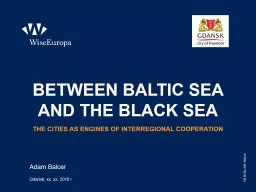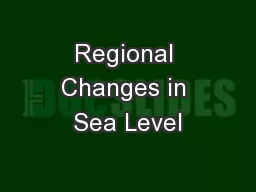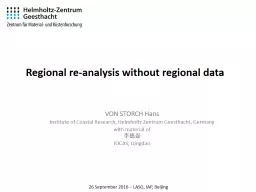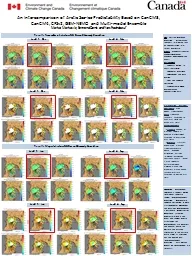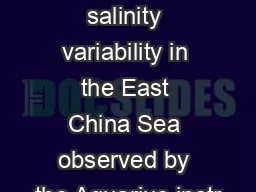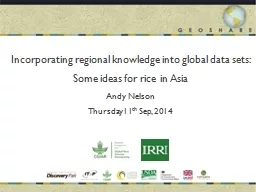PPT-Current Regional Dynamics in the Black Sea Area, With Some
Author : tatiana-dople | Published Date : 2016-02-21
Mobility Panagiota Manoli University of the Aegean Greece Shizuoka 29 October 2012 The Wider Black Sea Region A politically defined region Who defines the BSR
Presentation Embed Code
Download Presentation
Download Presentation The PPT/PDF document "Current Regional Dynamics in the Black S..." is the property of its rightful owner. Permission is granted to download and print the materials on this website for personal, non-commercial use only, and to display it on your personal computer provided you do not modify the materials and that you retain all copyright notices contained in the materials. By downloading content from our website, you accept the terms of this agreement.
Current Regional Dynamics in the Black Sea Area, With Some: Transcript
Download Rules Of Document
"Current Regional Dynamics in the Black Sea Area, With Some"The content belongs to its owner. You may download and print it for personal use, without modification, and keep all copyright notices. By downloading, you agree to these terms.
Related Documents

